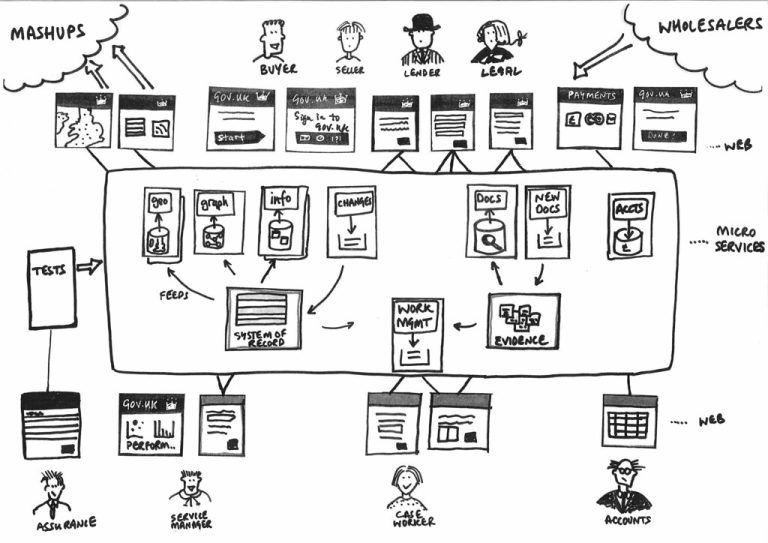Command Pattern for Undo Functionality in Applications
The Command Pattern is a behavioral design pattern that turns a request into a stand-alone object that contains all information about the request. This separation allows for parameterizing methods with different requests, delaying or queuing a request’s execution, and supporting undoable operations. This guide explores how the Command Pattern can be effectively used to implement…









